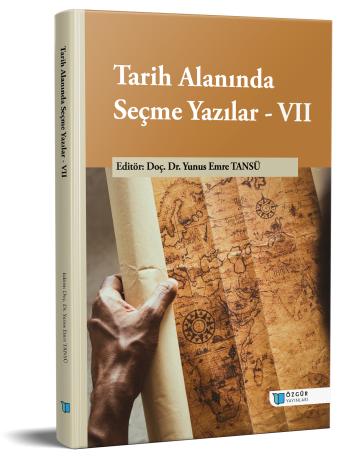
Küçük Buzul Çağında Maveraünnehir
Şu kitabın bölümü:
Tansü,
Y.
E.
(ed.)
2024.
Tarih Alanında Seçme Yazılar - VII.
Özet
Tarihi açıdan özel bir statüye sahip olan Maveraünnehir bölgesi Seyhun ve Ceyhun arasındaki bölge olarak bilinmektedir. Bu bölgenin verimlilik, stratejik konum ve zenginliği açısından önemli bir yere sahip olması halkları cezbetmiştir. Fakat bu verimlilik ve cazip durum zaman içerisinde azalmıştır. 1300-1850 yılları arasında Avrupa’yı kasıp kavuran Küçük Buzul Çağının başlamasıyla Maveraünnehir bölgesinde de yaşanan kuraklık ve verimsizlik, bunların yanı sıra iç karışıklıklar bölgenin tarımsal anlamdaki önemini yitirmesine sebep olmuştur. Küçük Buzul Çağı öncesinde ve sonrasında Maveraünnehir bölgesinde yaşanan iklimsel değişimler ve Ceyhun nehrinin akış yönünü değiştirmesi bu dönemi içeren kaynaklarda bahsedilen iklim şartlarından yola çıkılarak anlatılmaya çalışılmıştır. Kaynaklarda tam manasıyla Maveraünnehir’de yaşanan iklim değişikliği bu dönemde yaşayan hanlıkların bu durumdan nasıl etkilendiğine dair toplu bir bilgi bulunmamaktadır. Bu makaleyle Küçük Buzul Çağı’nın Maveraünnehir bölgesinde nasıl bir etki yarattığına dair çıkarımlarda bulunulmuştur. Çalışmayı yaparken öncelikle Küçük Buzul Çağı’nda bölgedeki nehirler ve bu nehirlerin kuraklıktan nasıl etkilendiğine bakılmış, daha sonra Maveraünnehir’de kurulmuş olan devletleri tespit edip ardından bu devletler hakkında yapılan çalışmalar taranmış iklim ve etkileriyle alakalı bilgiler tespit edilmiştir.

